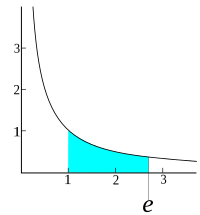
Photo from wikipedia
Three-dimensional MRI has been increasingly incorporated into various clinical applications, as it provided better through-plane spatial resolution which potentially enhanced the ability to detect more-subtle abnormalities, and provides much more… Click to show full abstract
Three-dimensional MRI has been increasingly incorporated into various clinical applications, as it provided better through-plane spatial resolution which potentially enhanced the ability to detect more-subtle abnormalities, and provides much more valuable information for clinical usage. However, one major drawback of 3D MRI is the long data-acquisition time and high computational cost. In this review article, we attempted to summarize the most recent development of accelerated 3D MR techniques, from MR signal excitation and encoding to the advancement of reconstruction algorithms and potential applications, by going through over 200 extraordinary researches conducted during the past 20 years. As the field is fast-growing, we hope this survey may serve as a map to understand the current state of the field.
Journal Title: Physics in medicine and biology
Year Published: 2023
Link to full text (if available)
Share on Social Media: Sign Up to like & get
recommendations!